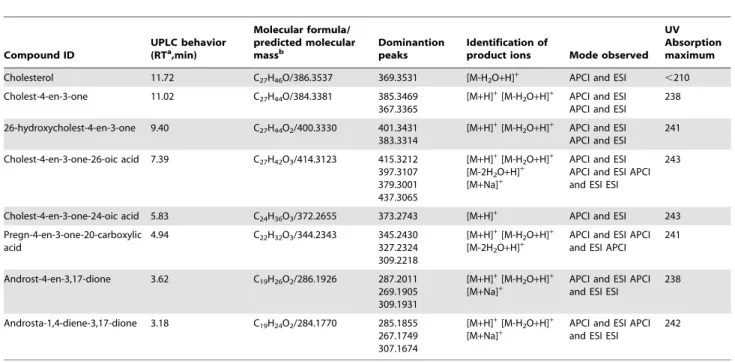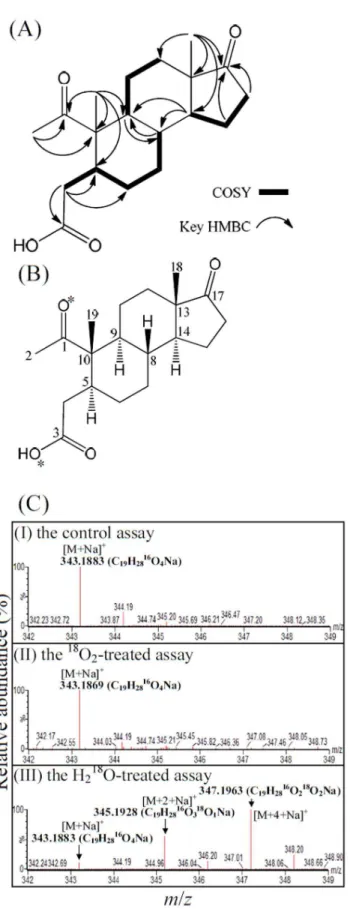An oxygenase-independent cholesterol catabolic pathway operates under oxic conditions.
Texto
Imagem



Documentos relacionados
This study aimed to investigate whether insulin resistance affects the plasma kinetics of lipoprotein free and esterified cholesterol and the transfer of both cholesterol
However, considering that the reverse cholesterol transport is a protective pathway of lipoprotein metabolism against cholesterol accumulation in the body, and considering that
ABSTRACT - Intracranial cholesterol granulomas are rare lesions, and have been registered in petrous apex region.. The presence of an intracerebral cholesterol granuloma is an
The diagnosis of cholesterol pericarditis is made by the presence of crystals of cholesterol or an elevated concentra- tion of cholesterol in the pericardial fluid (above
In the present study, the distribution of serum concentrations of total cholesterol, LDL-cholesterol, HDL-cholesterol and trigly- cerides, non-HDL fraction, and CT/HDL and
In this study, amperometric cholesterol enzyme electrode based on poly( o -phenylenediamine) film was prepared for the determination of total cholesterol content in serum samples.
This study aimed to determine the efects of RGSE on serum levels of triglycerides (TG), total cholesterol (TC), high-density lipoprotein cholesterol (HDL-C), low-density
The patients were found to have an imbalanced diet, characterized by an excess of consumption of oils and fats, particularly saturated fats and cholesterol, sugars and sweets,